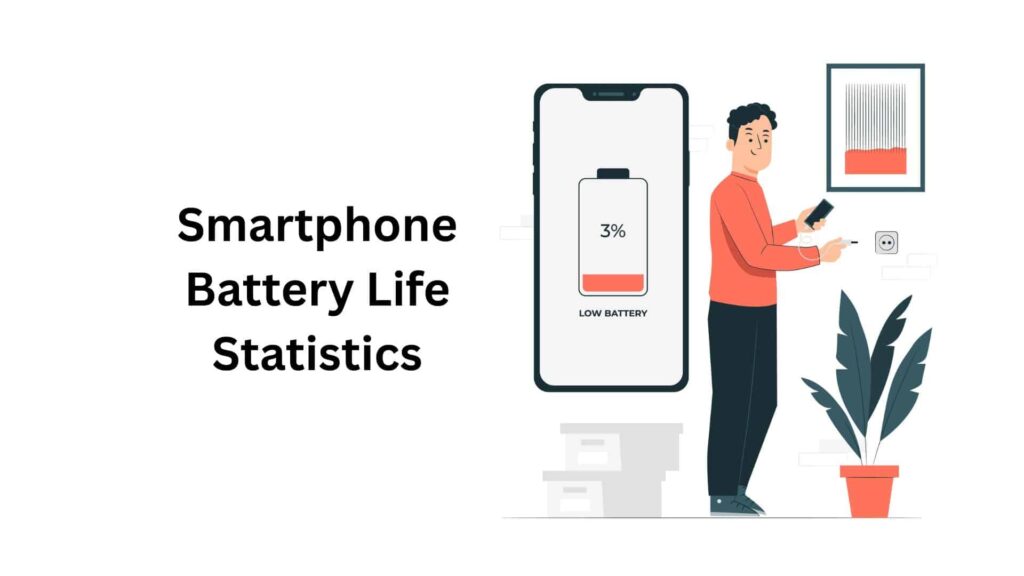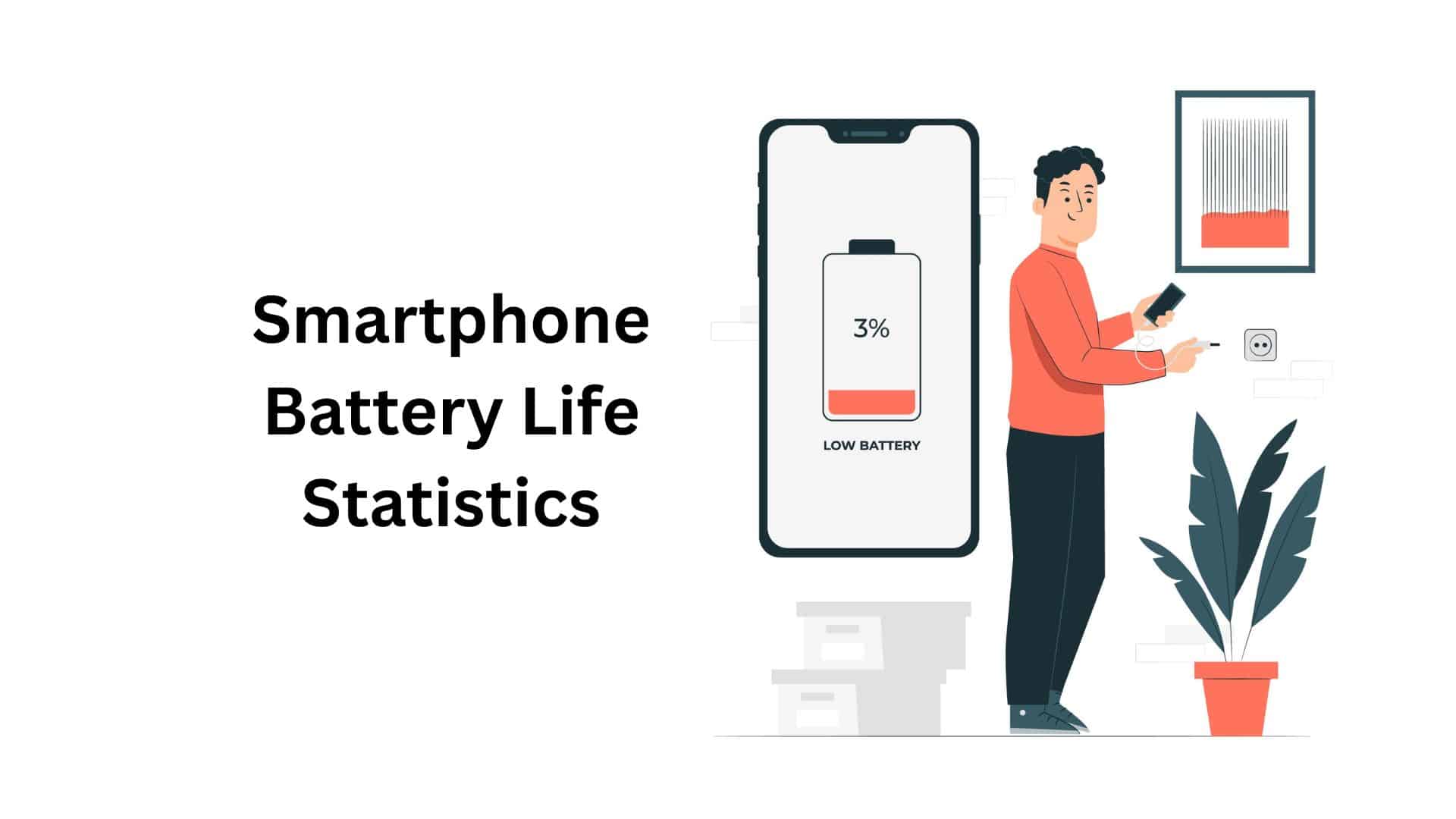
Decoding the Smartphone: A Comprehensive Guide to Calculating Battery Life
In the ever-evolving landscape of smartphones, one constant source of user anxiety remains: battery life. We’ve all been there, the dreaded low-battery notification flashing at the most inopportune moment. But have you ever wondered how that little percentage is calculated? Understanding the principles behind how to calculate battery life for smartphones is not just a technical exercise; it’s about empowering yourself with knowledge to make informed decisions about your device usage and potentially extend its lifespan. This article delves into the intricacies of smartphone battery technology, providing a clear and concise guide to understanding and, ultimately, influencing your device’s power consumption.
Understanding the Battery: The Foundation of Smartphone Power
Before we dive into the calculations, it’s crucial to grasp the fundamentals of smartphone batteries. Most modern smartphones utilize lithium-ion (Li-ion) or lithium-polymer (Li-Po) batteries. These batteries store energy chemically and release it as electricity. The key metric for a battery’s capacity is milliampere-hours (mAh), which essentially tells you how much current (in milliamperes) the battery can supply for one hour. A higher mAh rating generally equates to a longer potential runtime, but other factors significantly influence actual battery life.
mAh: The Capacity Indicator
The mAh rating is usually prominently displayed on the phone’s specifications. For instance, a phone with a 4000 mAh battery can theoretically supply 4000 milliamperes of current for one hour, 2000 milliamperes for two hours, and so on. However, this is a simplified view. The actual battery life you experience is impacted by various elements.
Factors Influencing Smartphone Battery Life
Several factors significantly impact how long your smartphone lasts on a single charge. These factors interact with each other, making calculating battery life a complex process. Here are some of the key considerations:
- Screen Brightness: The display is a major power consumer. Higher brightness levels drain the battery much faster.
- Processor Usage: Demanding tasks, such as gaming or video editing, put a significant strain on the processor and, consequently, the battery.
- Network Connectivity: Constantly searching for a Wi-Fi signal or maintaining a strong cellular connection consumes considerable power.
- Apps and Background Processes: Apps running in the background, even when you’re not actively using them, can drain the battery.
- Operating System Optimization: The efficiency of the operating system and its power management features play a crucial role.
- Battery Health: Over time, batteries degrade. Their capacity to hold a charge diminishes with each charge cycle.
- Temperature: Extreme temperatures (both hot and cold) can negatively impact battery life and performance.
How to Calculate Battery Life: A Simplified Approach
While a precise calculation is beyond the scope of a typical user’s capabilities, we can estimate battery life based on usage patterns and the phone’s specifications. Here’s a simplified approach:
Step 1: Identify Battery Capacity. Find the mAh rating of your smartphone’s battery. This information is usually available in the phone’s settings or on the manufacturer’s website.
Step 2: Estimate Average Current Draw. This is the trickiest part. You need to estimate how much current your phone consumes per hour under typical usage. This is highly variable, but you can make some educated guesses. Consider the following:
- Light Usage: Browsing the web, checking emails, making calls (moderate screen brightness). Estimate: 200-400 mAh per hour.
- Moderate Usage: Social media, some video streaming, moderate gaming (medium screen brightness). Estimate: 400-800 mAh per hour.
- Heavy Usage: Gaming, extensive video streaming, GPS navigation (high screen brightness). Estimate: 800+ mAh per hour.
Step 3: Calculate Estimated Runtime. Divide the battery capacity (mAh) by the estimated current draw (mAh per hour). For example, a phone with a 4000 mAh battery and an estimated current draw of 500 mAh per hour would have an estimated runtime of 8 hours (4000 mAh / 500 mAh/hour = 8 hours).
Important Note: This is a rough estimate. Actual battery life will vary based on the factors mentioned earlier.
Advanced Techniques and Tools for Monitoring Battery Usage
For those seeking a more detailed understanding, several tools and techniques can help monitor and analyze battery life. These resources offer insights into power consumption patterns and help you refine your estimates.
Built-in Android and iOS Features
Both Android and iOS operating systems provide built-in battery usage statistics. These features allow you to see which apps and hardware components are consuming the most power. You can access this information in your phone’s settings. This is an essential first step in optimizing your smartphone’s battery life.
Third-Party Apps
Numerous third-party apps are available in the Google Play Store and the Apple App Store that offer more advanced battery monitoring and optimization features. These apps often provide detailed graphs, historical data, and recommendations for extending battery life. Popular options include AccuBattery and GSam Battery Monitor, which are designed to help you understand how to calculate battery life for smartphones in a more nuanced way.
Understanding Battery Health
Battery health is a crucial factor in long-term battery life. Over time, the capacity of a Li-ion or Li-Po battery degrades. Third-party apps can often provide an estimate of your battery’s current health, expressed as a percentage of its original capacity. This information can help you anticipate when your battery may need replacing or when its performance will noticeably decline.
Optimizing Your Smartphone for Extended Battery Life
While calculating battery life gives you a good perspective, the real benefit lies in implementing strategies to extend it. Here are some practical tips:
- Adjust Screen Brightness: Reduce the screen brightness to a comfortable level. Use auto-brightness to let the phone adjust based on ambient light.
- Disable Unnecessary Features: Turn off Wi-Fi, Bluetooth, and GPS when not in use.
- Close Background Apps: Regularly close apps you’re not using to prevent them from draining battery in the background.
- Manage Notifications: Limit the number of notifications you receive, as they can wake the screen and consume power.
- Use Power Saving Mode: Activate your phone’s power-saving mode when the battery is low.
- Update Your Software: Keep your operating system and apps updated to benefit from the latest power management optimizations.
- Avoid Extreme Temperatures: Protect your phone from extreme heat and cold.
- Consider Dark Mode: If your phone has an OLED display, using dark mode can significantly reduce power consumption.
- Optimize Location Services: Limit the frequency of location updates for apps that require them.
The Future of Smartphone Battery Technology
The relentless pursuit of longer battery life is driving innovation in battery technology. While current Li-ion and Li-Po batteries will likely remain the dominant technology for the foreseeable future, several promising developments are on the horizon:
- Solid-State Batteries: These batteries promise increased energy density, faster charging times, and improved safety.
- New Materials: Research into new materials, such as silicon anodes and lithium-sulfur batteries, aims to improve energy density and reduce charging times.
- Software Optimization: Continued advancements in power management algorithms and operating system optimization will further improve battery life.
These innovations suggest that we can expect significant improvements in smartphone battery life in the years to come.
Conclusion: Mastering Smartphone Battery Management
Understanding how to calculate battery life for smartphones is more than just a technical exercise; it’s a pathway to informed smartphone usage. By understanding the factors that impact battery life, utilizing the tools at your disposal, and implementing the optimization strategies outlined in this guide, you can take control of your device’s power consumption and extend its runtime. As battery technology continues to evolve, staying informed will be crucial to maximizing your smartphone experience. Remember, a well-managed battery is a happy battery, and a happy battery leads to a more enjoyable smartphone experience. [See also: How to Extend Your Smartphone’s Battery Life]
By understanding the basics of battery life calculation and implementing these strategies, you can significantly improve your smartphone experience and avoid the frustration of a dead battery. Continue to monitor your usage, experiment with different settings, and stay informed about the latest advancements in battery technology. The more you understand about your smartphone’s power consumption, the better equipped you will be to make the most of your device.


